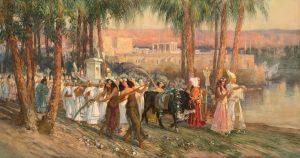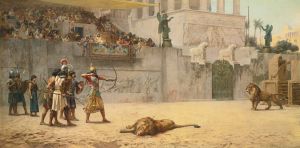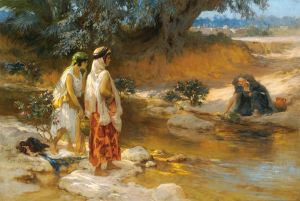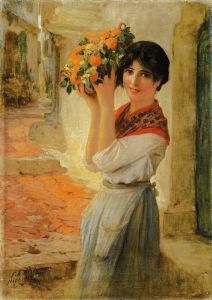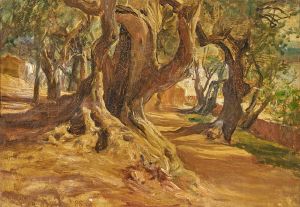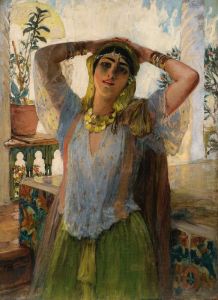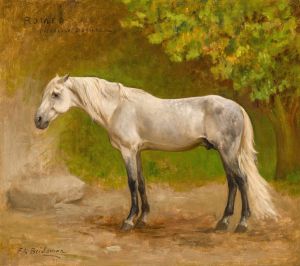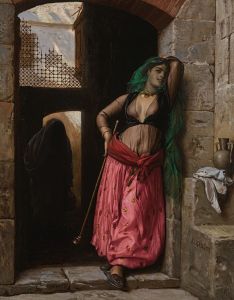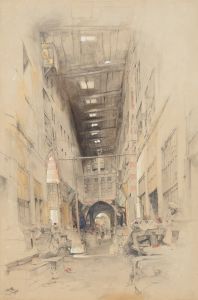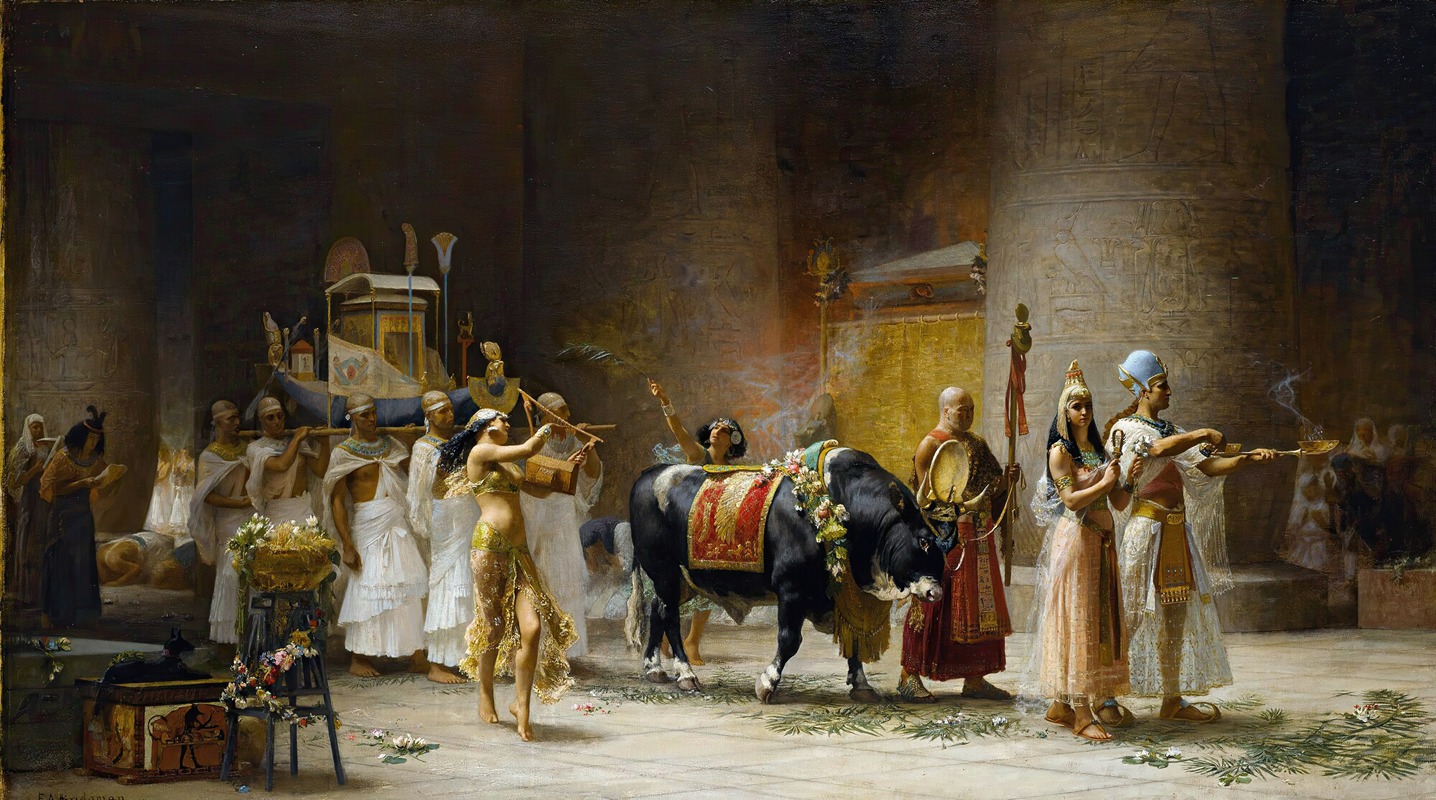
The Procession Of The Bull Apis
A hand-painted replica of Frederick Arthur Bridgman’s masterpiece The Procession Of The Bull Apis, meticulously crafted by professional artists to capture the true essence of the original. Each piece is created with museum-quality canvas and rare mineral pigments, carefully painted by experienced artists with delicate brushstrokes and rich, layered colors to perfectly recreate the texture of the original artwork. Unlike machine-printed reproductions, this hand-painted version brings the painting to life, infused with the artist’s emotions and skill in every stroke. Whether for personal collection or home decoration, it instantly elevates the artistic atmosphere of any space.
Frederick Arthur Bridgman was an American artist known for his detailed and evocative Orientalist paintings. Born in 1847 in Tuskegee, Alabama, Bridgman moved to Paris in 1866 to study art, where he became associated with the Orientalist movement, a genre that depicted the Middle East, North Africa, and Asia through a Western lens. Bridgman's works are characterized by their meticulous attention to detail and vibrant depictions of exotic locales and customs.
One of Bridgman's notable works is "The Procession of the Bull Apis," which reflects his fascination with ancient Egyptian culture. The painting captures a ceremonial event centered around the Apis bull, a sacred animal in ancient Egyptian religion. The Apis bull was associated with the god Ptah and later with Osiris, symbolizing strength and fertility. It was believed to be an intermediary between humans and the divine.
In "The Procession of the Bull Apis," Bridgman illustrates a scene filled with historical and cultural significance. The painting likely depicts a ritual procession, a common practice in ancient Egypt, where the Apis bull would be paraded through the streets as part of religious ceremonies. Such processions were grand events, involving priests, musicians, and large crowds of worshippers, all paying homage to the divine bull.
Bridgman's attention to detail is evident in the intricate costumes and architecture featured in the painting. The figures are adorned in traditional Egyptian attire, complete with elaborate headdresses and jewelry, reflecting the artist's dedication to historical accuracy. The architecture in the background, with its towering columns and hieroglyphic inscriptions, further immerses the viewer in the ancient world.
The composition of the painting is dynamic, with a sense of movement as the procession advances. Bridgman uses light and shadow to create depth, highlighting the figures and the bull, which is central to the scene. The use of color is also significant, with rich earth tones and vibrant accents that enhance the exotic atmosphere of the painting.
Bridgman's work, including "The Procession of the Bull Apis," contributed to the Western fascination with the Orient during the 19th century. His paintings offered a glimpse into a world that was both mysterious and alluring to his contemporaries. While Orientalist art has been critiqued for its romanticized and sometimes inaccurate portrayals, Bridgman's dedication to detail and his ability to capture the grandeur of ancient cultures have been praised.
"The Procession of the Bull Apis" stands as a testament to Bridgman's skill as an artist and his interest in exploring themes of history and culture. It remains an important piece within the Orientalist genre, reflecting both the artistic trends of the time and the enduring allure of ancient Egypt.







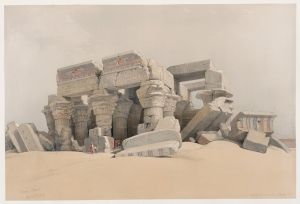
![Medinet Abou [Medinet Habu], Thebes. Dec. 5th, 1832.](/imgs/217510/s/david-roberts-medinet-abou-medinet-habu-thebes-dec-5th-1832-9c2109da.jpg)
